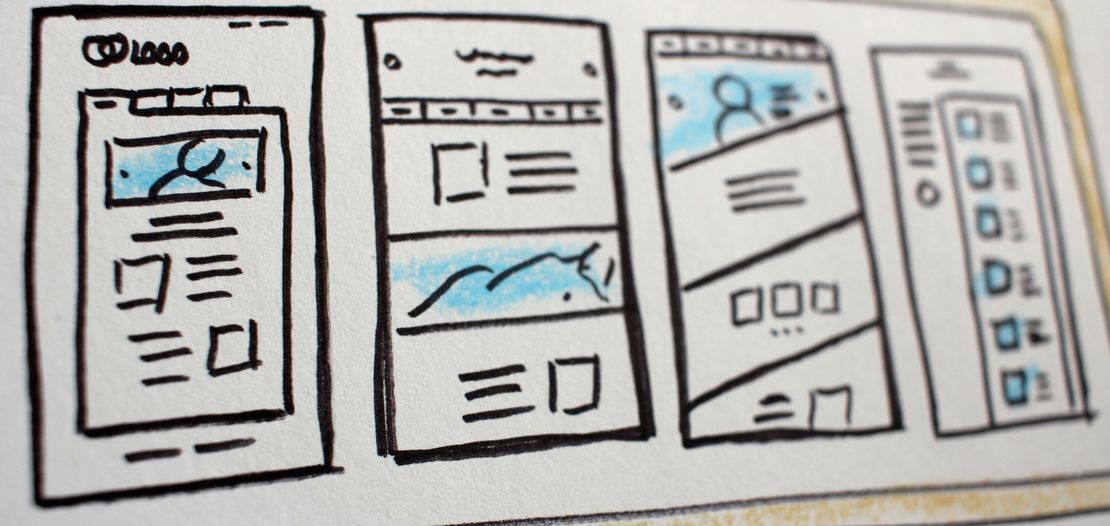
Why static websites with generators are the best choice for automation
- Enrique García Galán
- Automation , Static website
- April 14, 2025
Table of Contents
Static websites, built with static site generators (SSGs), are rapidly becoming the go-to solution for businesses and developers who want fast, secure, and cost-effective web experiences. When paired with modern headless CMS tools like TinaCMS, static sites offer all the flexibility of traditional dynamic sites—without the downsides. Here’s why static sites are the smart choice for automation, affordability, and content management.
Performance and automation
They are lightning-fast and easy to integrate, you can automate as much as you would like, for example: sending emails when there is a new article, post to telegram, or even post to social media.
Here some of the most important benefits of static sites:
- Pre-built for Speed: static sites are generated ahead of time, so every page is just a simple HTML file ready to be served instantly. This means your site loads in milliseconds, which is crucial for user experience and SEO.
- Effortless automation: because static sites are just files, they fit perfectly into automated workflows. You can trigger builds and deployments with every content update, using tools like GitHub Actions or other CI/CD pipelines. This makes it easy to automate publishing, testing, and even content approval processes.
- Reliable scaling: static sites can handle huge traffic spikes without extra configuration or cost, since they’re served from global CDNs and don’t rely on server-side processing.
- Staging environments: with static sites, you can easily create staging environments for testing changes before they go live. This is a game-changer for teams that need to ensure quality and consistency in their content. Even people can have the website in their own computer, and test it before staging or production.
Cost-effectiveness: cheaper hosting and maintenance
- Minimal hosting costs: static sites can be hosted for free or at very low cost on platforms like GitHub Pages, Netlify, or Cloudflare Pages. There’s no need for expensive servers or databases.
- Lower maintenance: with no backend to patch or database to secure, static sites require less ongoing maintenance. This reduces both direct costs and the risk of downtime or security incidents.
- Smaller teams, faster delivery: static site projects are simpler, so you don’t need a large development team. Updates and new features can be delivered faster and with fewer resources.
Modern content management
Static sites with CMS tools offer a modern, user-friendly way to manage content. You have the same flexibility and performance of static sites, but with the added benefits of a headless CMS. This means you can manage content in a way that’s familiar to editors and marketers, without sacrificing the speed and security of static sites.
Here are some of the key benefits:
- Headless CMS integration: tools like TinaCMS bring a modern, visual editing experience to static sites. Editors can update content, preview changes live, and publish with a click—all without touching code.
- Git-backed version control: every content change is tracked in Git, making it easy to roll back, audit, or collaborate on updates. This is a huge advantage for teams that value transparency and control.
- Visual and traditional editing: new CMS supports both visual (WYSIWYG) and traditional editing modes, so content creators can choose the workflow that suits them best.
- Framework agnostic: CMS work with any static site generator or framework, including Next.js, Astro, Gatsby, and more. This flexibility means you’re never locked into a single stack.
- SEO and performance: static sites managed with CMS are ultra-fast and SEO-friendly, helping you achieve top Lighthouse scores and better search rankings.
Security and reliability: fewer vulnerabilities, more peace of mind
- No database, fewer attacks: static sites eliminate the need for a database, reducing the risk of SQL injection and other common attacks.
- Immutable deployments: every deployment is a fresh build, so there’s no risk of lingering vulnerabilities or outdated code on your servers.
Comparison table
| Feature | Static Site (with SSG + TinaCMS) | Dynamic Site (Traditional CMS) |
|---|---|---|
| Performance | Ultra-fast, pre-built HTML | Slower, server-rendered |
| Hosting Cost | Free/very low (CDN, GitHub Pages) | Higher (servers, databases) |
| Automation | Easy CI/CD, Git-based workflows | More complex, backend needed |
| Security | Minimal attack surface | More vulnerabilities |
| Content Management | Modern headless CMS (TinaCMS) | Built-in, but less flexible |
| Maintenance | Low (no backend to patch) | High (server, DB, plugins) |
| Scalability | Effortless (CDN) | Needs server scaling |
| Version Control | Built-in with Git | Often limited |
| SEO | Excellent (fast, customizable) | Good, but can be slower |
Real-world example: Hugo + TinaCMS
One of our client website site is the real-word example of a static site built with Hugo and managed with TinaCMS. It showcases the power of static site generation combined with a modern headless CMS. Also it used Github for version control and Netlify for hosting. This combination allows for fast, secure, and cost-effective web experiences.
At the end of the month, the website is free, there is no maintenance. The website is fast, secure, and easy to manage. The client can update the content without any technical knowledge, and the website is always up to date.
Once a year, when we update all of our clients website to the latest version of Hugo, we usually spend a couple of hours updating the website. This is a small price to pay for the benefits of static site generation and modern content management.
Drawbacks
While static sites offer many advantages, there are some potential drawbacks to consider. However, most of these can be mitigated with the right tools and practices. At the end, switching to static sites is a no-brainer for most projects, especially when you consider the long-term benefits. It all depends on the project and the team. Static sites are not a one-size-fits-all solution, but they are a great option for many projects.
Here are some drawbacks to consider:
- Limited interactivity: static sites can be less interactive than dynamic sites, but this can be mitigated with client-side JavaScript frameworks.
- Initial setup complexity: setting up a static site with a headless CMS can be more complex than traditional CMS, but the long-term benefits outweigh the initial effort.
- Content editing experience: while modern headless CMS tools like TinaCMS provide a great editing experience, some users may find it less intuitive than traditional WYSIWYG editors. However, this is improving rapidly as more tools enter the market.
- Learning curve: teams may need to learn new tools and workflows, especially if they’re used to traditional CMS. However, the benefits of static sites and headless CMS often justify this investment in learning.
- Limited dynamic features: while static sites can be made dynamic with client-side JavaScript, some features (like user authentication or real-time updates) may require additional workarounds or third-party services.
Conclusion
Static websites built with modern generators and managed by headless CMS tools like TinaCMS offer the best of all worlds: automation-friendly workflows, ultra-low costs, robust content management, and top-tier performance and security. Whether you’re building a blog, documentation, or a business site, static is the way forward for scalable, maintainable, and future-proof web projects.
👉 Contact us today to discover how we can improve your technological infrastructure.


